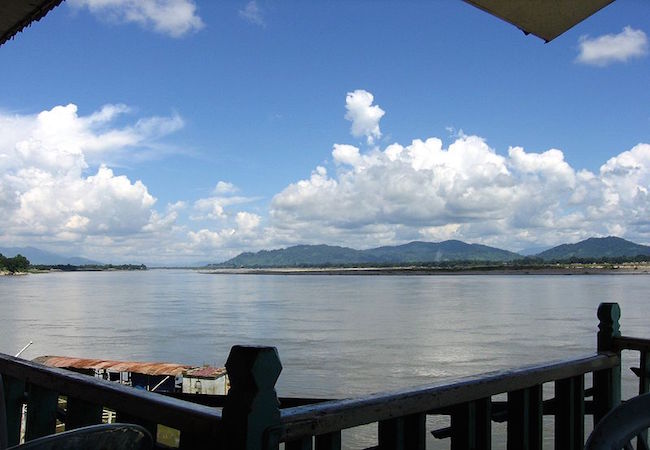
By Miao Wang
After eight years of negotiations, the ten ASEAN countries and China, Japan, South Korea, Australia and Singapore finally signed the Regional Comprehensive Economic Partnership Agreement (RCEP), marking the birth of the world’s largest free trade area. The main trading goods among the member countries are manufacturing products, and the export of textiles, transportation and electronic equipment dominate the region. The achievement of RCEP is not only conducive to the optimization of regional division network, but also will promote the development of Myanmar’s manufacturing industry and its integration of regional value chain.
First, RCEP provides more competitiveness for Myanmar’s export and attracting foreign investment. RCEP adopts the rules of origin accumulation, using the intra-regional accumulation of value across stages of production in different countries. In bilateral trade agreement, exports are generally required to contain 30-60 percent of added value of the country of origin. For countries at the lower end of the production chain, like Myanmar, it is difficult to meet this standard and therefore rarely qualify for preferential tariff treatment. Under the rules of RCEP, raw materials imported by Myanmar from RCEP partners can be regarded as Myanmar’s origin component, making it easier for Myanmar’s manufacturing exports to obtain tariff preferences. Also, the least developed countries such as Laos, Myanmar and Cambodia enjoy more privileges under RCEP’s provisions on tariff elimination. The trade remedy section retains anti-dumping and countervailing, so that countries with weak competitiveness in the region can protect their “infant industries”. These three countries only need to eliminate tariffs on 30 percent of trade in goods while other member states are required to abolish tariffs on 65 percent. It is undoubtedly conductive to enhancing the international competitiveness of Myanmar’s enterprises, attracting more foreign investment into Myanmar’s labor-intensive industries, filling its capital gap of infrastructure construction, and driving the development of Myanmar’s industrial capacity.
Second, RCEP can promote Myanmar’s participation in the regional value chain. Myanmar’s manufacturing industry relies heavily on supply and sale chains within the East Asian region. The signing of RCEP will facilitate customs clearance procedures and strengthen the flow of production and capital factors in the region. This will not only benefit Myanmar’s textile industry in importing materials from China, but also promote Myanmar’s sales market in East Asian countries. In addition to Japan and South Korea, China may also become a target market for Myanmar’s garment exports in the future. With the rising labor cost, China, Japan and South Korea will increase investment in manufacturing industries in neighboring countries to move labor-intensive production. The RCEP agreement lowers barriers to investment, which will improve the business entry to Myanmar and promote the integration of its manufacturing industry into the regional value chain.
Finally, RCEP will help enhance the development of Myanmar’s manufacturing sector. Myanmar is highly dependent on traditional cross-border trade that emphasizes the movement of personnel. However, the outbreak of coronavirus pandemic has greatly damaged traditional pattern of trade. Multinational enterprises must innovate in digitalization and automation to adapt to the inconvenience of cross-border trade. The signing of RCEP will increase export opportunities for high-tech enterprises, promote Myanmar’s e-commerce infrastructure such as logistics, warehousing and payment systems, which will directly reshape Myanmar’s domestic manufacturing model. In addition, the RCEP agreement will enable mutual recognition of academic qualifications, promoting the allocation of education resource among member countries. Under the RCEP framework, countries in the region are expected to strengthen cooperation in technical training, which will transform Myanmar’s abundant labor resources into creative human capital.
There is still uncertainty whether Myanmar can really get a lift from RCEP. ASEAN countries are at different stages of development, and there is competition in some fields like garment manufacturing. Although the RCEP can expand trade between Myanmar and China, Japan and Korea, it may not be able to further enhance intra-ASEAN trade. Besides, there is a “noodle bowl” effect of overlapping regional trade agreement in the ASEAN region. It will be difficult to distinguish the roles of each agreement, and to highlight the effectiveness of RCEP. Moreover, if Myanmar is to reap greater benefits from RCEP, it must resolve the disputes over governance system and ethnic human rights as soon as possible. With the military coup and sanctions from major powers putting Myanmar’s economy on the brink of collapse, it is difficult to see the reward of RCEP in Myanmar in the short term.
Miao Wang is a PhD Candidate in International Political Economy of Renmin University of China




